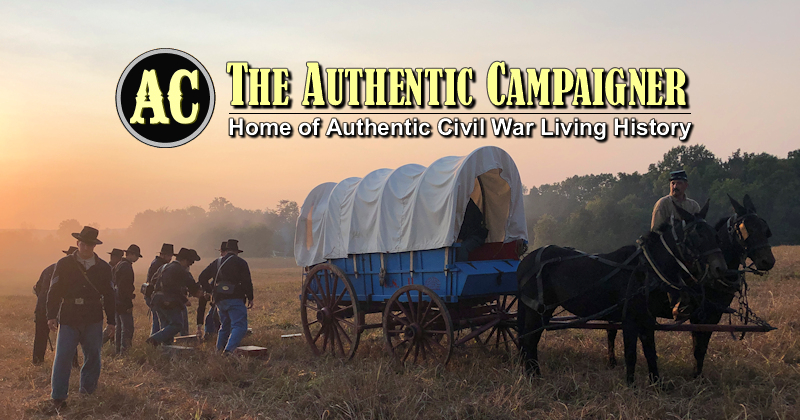I noticed a discussion about period horse shoes "off forum" in the Critter Boys Social group and thought it might warrent an "on-line" visit to the topic. It appears several of you have some experience in "tacking shoes" so maybe you can chime in for some detail on this subject. Although I tacked one or two myself I was never much of a farrier as noted by the horses I remember to have crippled. GOD Bless them! Anyway, I attach some photos of period horse shoes. All of these have been dug from CW or period sites. For the benefit of all, can any one explain here the ....
1. Purpose of the heel clips or other common period designs?
2. Process of hand forging?
3. Availability of iron, nails etc.
4. The use of "ready made" shoes or British imports?
5. The methods (organized or otherwise) for seeing that horses were regularly shod (Federal And Confederate approaches)?
This was a VERY IMPORTANT part of the cavalry/artillery usefulness and the soldier's life and therefore elements for a very worthy discussion.
I know the 7th Tennessee has at least two professional farrier's in their ranks. I don't know if they frequest this forum but maybe they can help.
Also, the following is an old thread regarding an approach to a Farrier's impression that might be a good place for review too. That is one impression not often seen.
All "good stuff"!!
Ken R Knopp
1. Purpose of the heel clips or other common period designs?
2. Process of hand forging?
3. Availability of iron, nails etc.
4. The use of "ready made" shoes or British imports?
5. The methods (organized or otherwise) for seeing that horses were regularly shod (Federal And Confederate approaches)?
This was a VERY IMPORTANT part of the cavalry/artillery usefulness and the soldier's life and therefore elements for a very worthy discussion.
I know the 7th Tennessee has at least two professional farrier's in their ranks. I don't know if they frequest this forum but maybe they can help.
Also, the following is an old thread regarding an approach to a Farrier's impression that might be a good place for review too. That is one impression not often seen.
All "good stuff"!!
Ken R Knopp




Comment